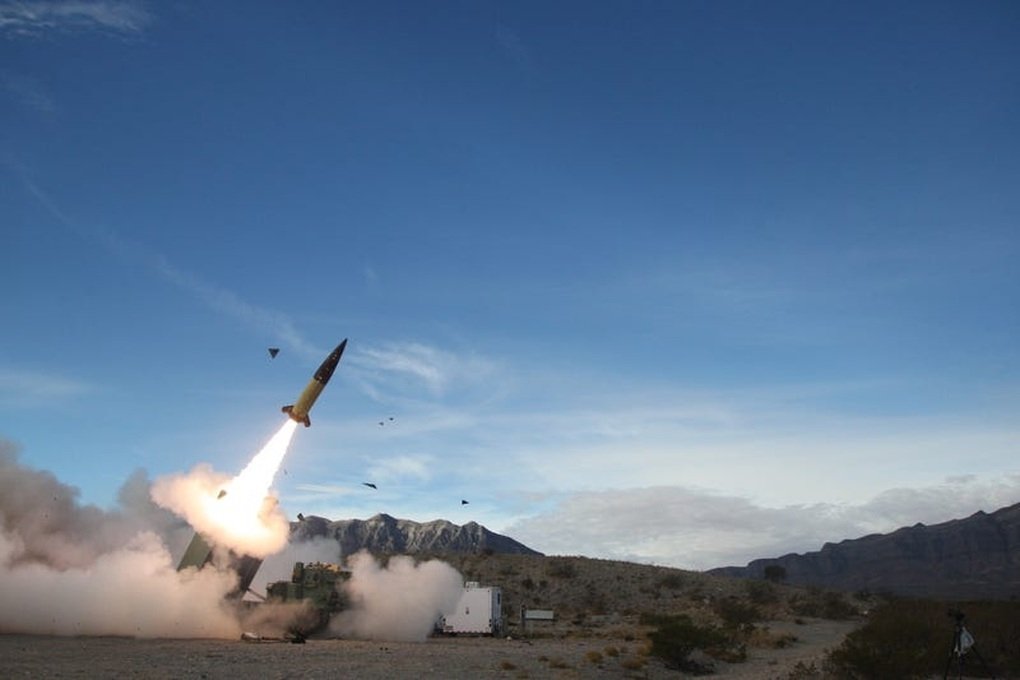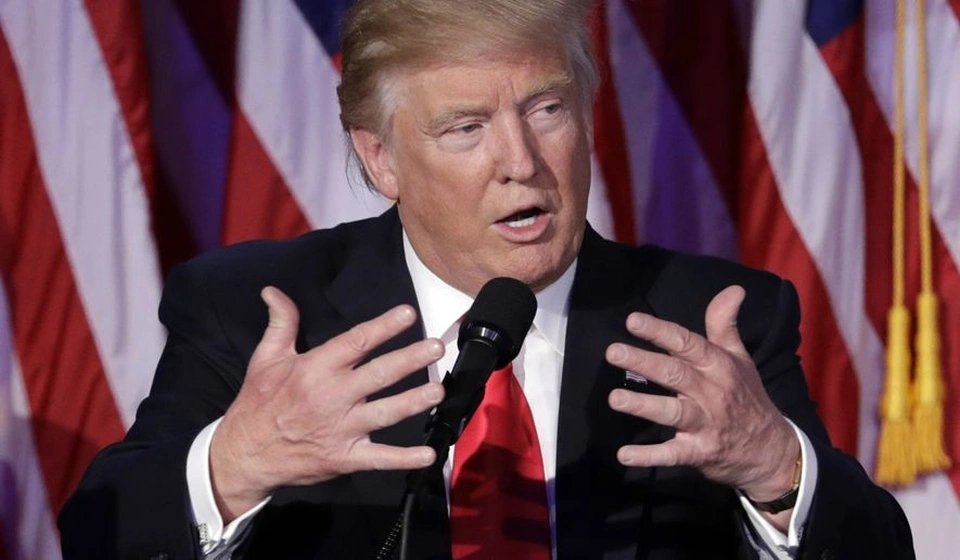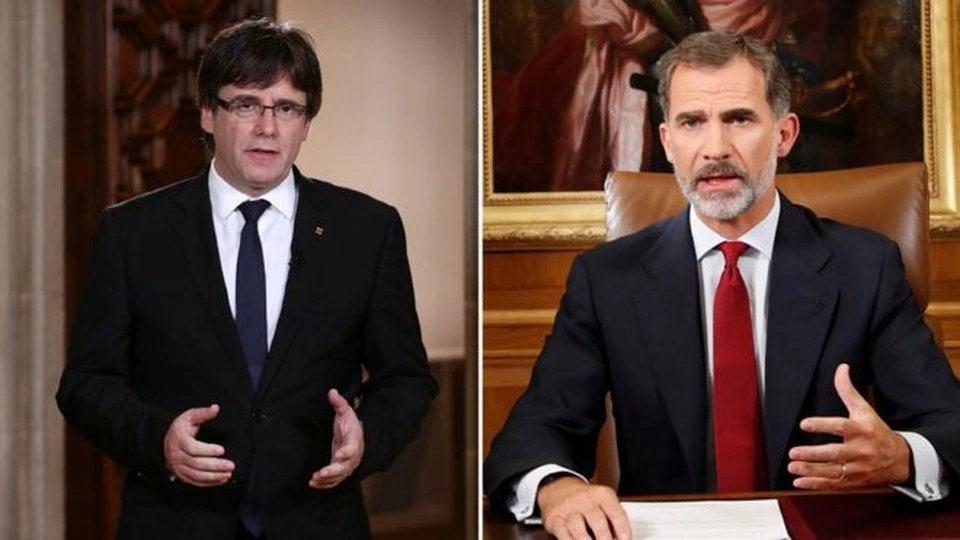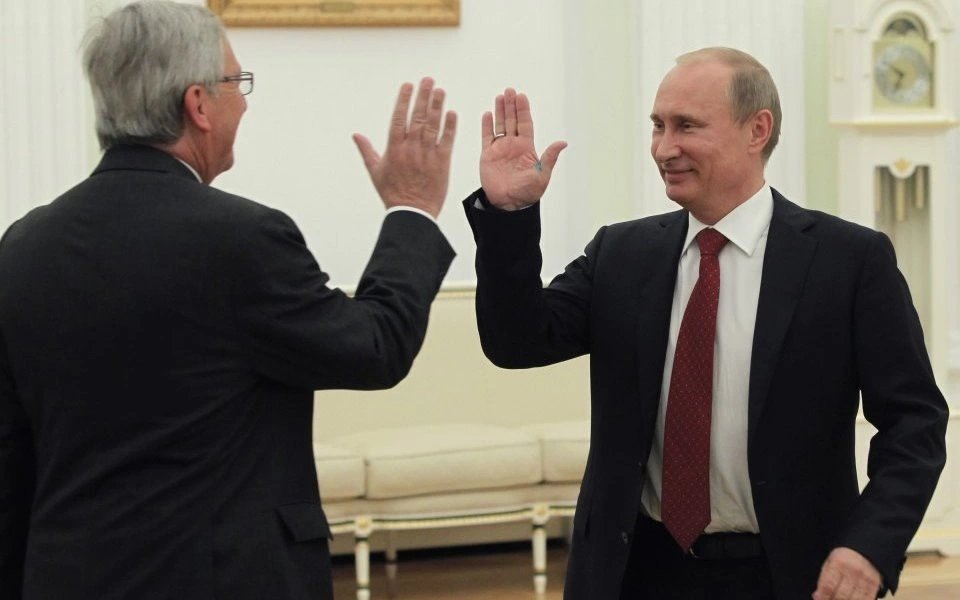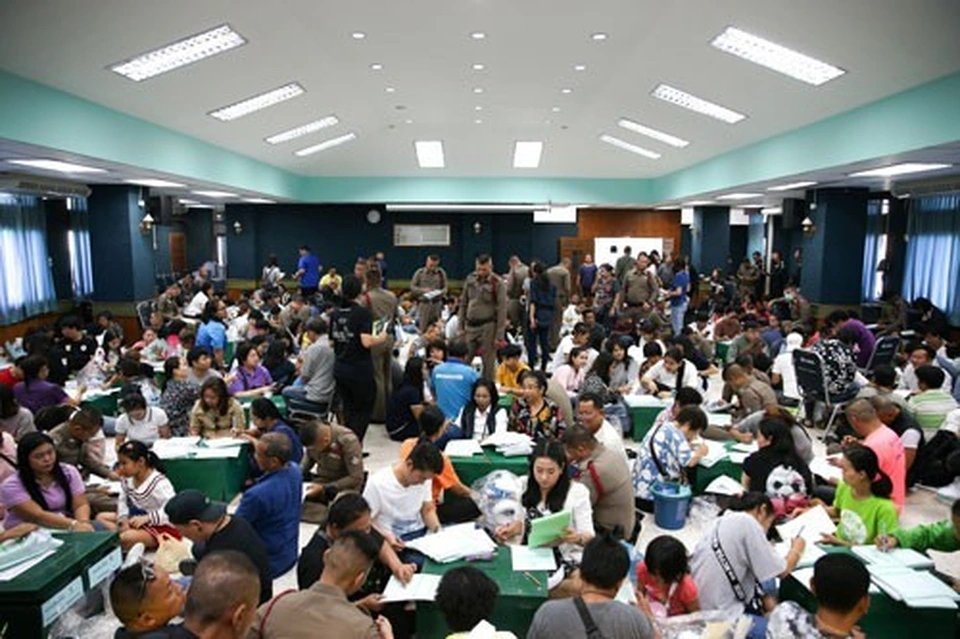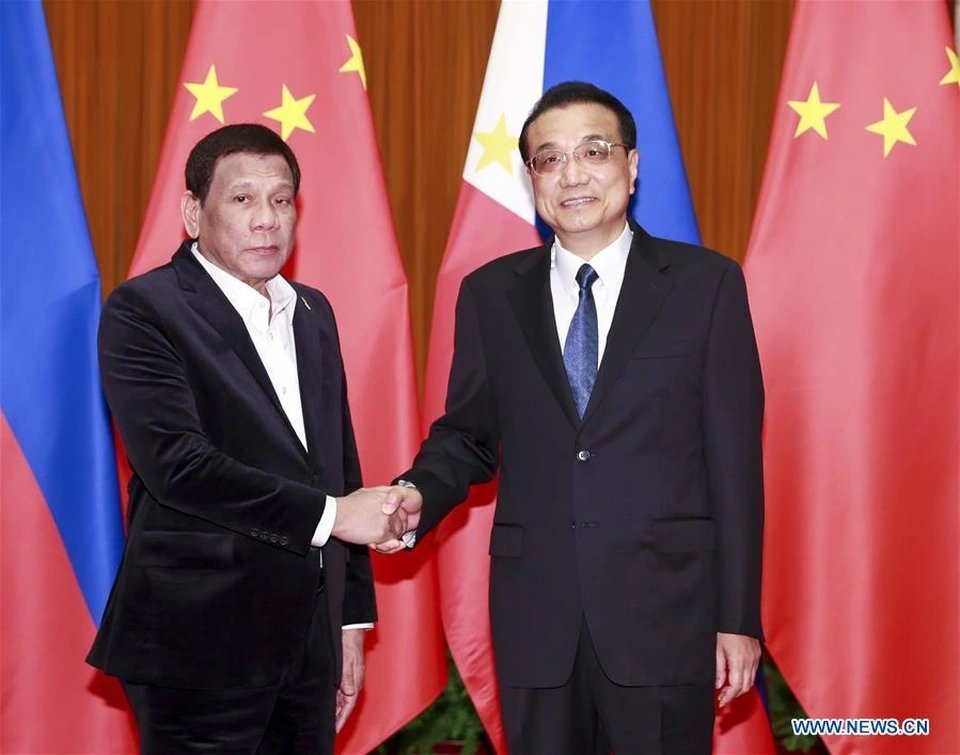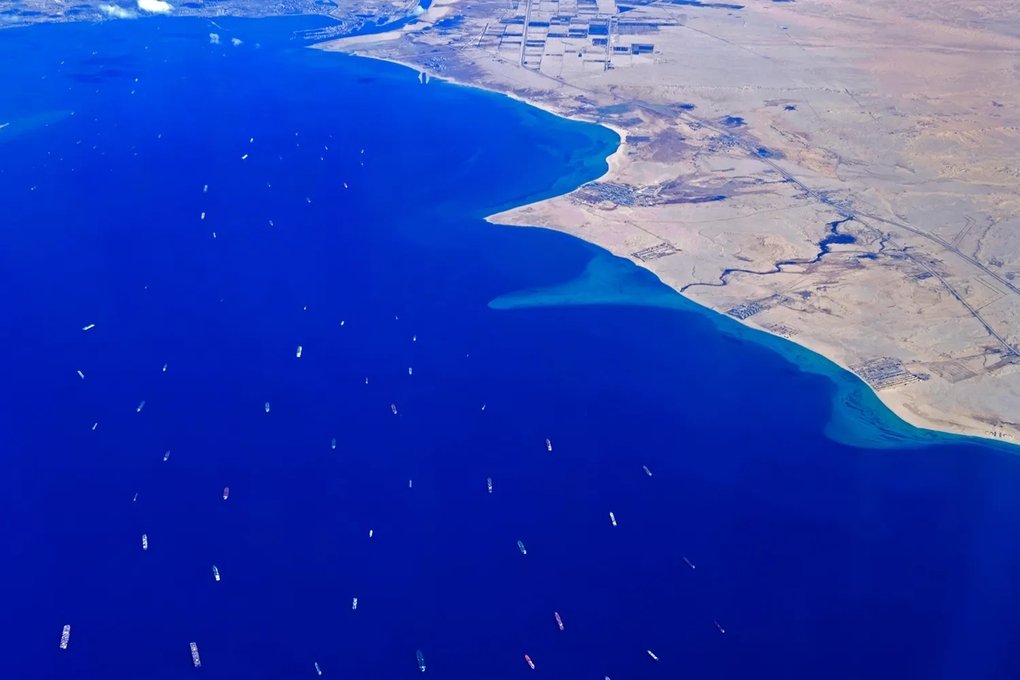
(Dan Tri) – The current crisis in the Red Sea is showing that the Belt and Road Initiative (BRI) seems to be China’s one-step ahead plan to avoid current instability and disruption.
Aerial images show stranded ships waiting to cross the Suez Canal at the southern entrance near the Egyptian Red Sea port city of Suez in 2021 (Photo: Getty).
In the past 2 months, the Red Sea has been worryingly `uprising` when witnessing a sudden increase in attacks by Houthi forces in the strategic Bab el-Mandeb Strait connecting the Red Sea with the Arabian Sea.
A series of the world’s largest shipping lines had to suspend transit through the Suez Canal for several weeks, and even had to reroute many of their shipping routes when the US and UK launched attacks against the group.
While ships loitering in the Mediterranean or Arabian have to reconsider their options, other ships are busy circumnavigating the strait.
In mid-December 2023, Saudi Arabia quickly facilitated the formation of a `land bridge` from Saudi Arabia to the Mediterranean, through which goods arrived at Persian Gulf ports such as Jebel Ali in
Geopolitical shocks in the Red Sea and the Russia-Ukraine war have pushed up logistics costs and food prices as the world economy – and especially developing countries – struggles.
And according to experts, it is difficult to find a solution from episodic summits between Beijing and Washington or group meetings such as the G7 or from international conferences such as the World Economic Forum (WEF).
Instead, there is a more effective solution: building more transportation roads and supply chains to meet global freight demand.
According to experts, in this issue, it can be seen that China is `one step ahead` and has been acting for many years.
However, from a functional perspective, the BRI represents what countries are already doing: building as many roads as possible to meet demand, both as a hedge against unforeseen disruptions and to
The need to hedge against such risks became all too clear in 2021, when the giant container ship Ever Given ran aground in the Suez Canal, freezing trade between Europe and Asia just as the world was looking for a solution.

Map of the maritime route through the Red Sea (Photo: Getty).
Although that backlog was resolved within two weeks, it is a worrying reality for the world’s supply chains.
Whether the weakness of maritime vital areas is exposed after the Houthi forces’ increased attacks in the Red Sea, Russia’s blockade on the Black Sea, drought in the Panama Canal or not, it makes no sense.
Certainly, vessels could opt for a route around Africa’s Cape of Good Hope, adding 10-14 days to the typical transit time of 20-30 days.
Building more highways and railways across Eurasia as well as ports along the Indian Ocean and the Arctic is essential to create flexibility and alternative routes for shipping goods.
Such investments are an effective hedge against inflationary shocks caused by protectionism, geopolitics and climate change.
Will BRI bring significant change?
It is difficult to argue that the BRI has brought about any significant change.
For overpopulated developing countries, solid infrastructure is essential to meet domestic demand, create an economic multiplier effect, and build connectivity with the wider economy.
For other countries like Zambia and Sri Lanka, the BRI has cost them heavy debt and the loss of a number of other political benefits.
In Western Europe, Italy joined the BRI in 2019 but decided to `leave` at the end of 2023. This shows that Europe is unhappy about not having full reciprocal access to the Chinese market
Meanwhile, at the G20 summit in September 2023 in New Delhi, the proposed $20 billion India-Middle East-Europe Economic Corridor (IMEC) was quickly hailed by the US as a partner.
European Union (EU) member states have aligned with the United States to counter China’s strategic influence in the Indo-Pacific and protect their markets against accusations of Beijing dumping products.
But Europe also still wants to increase exports to Arab and Asian economies when leaders of these countries regularly visit India, Indonesia and Singapore…

